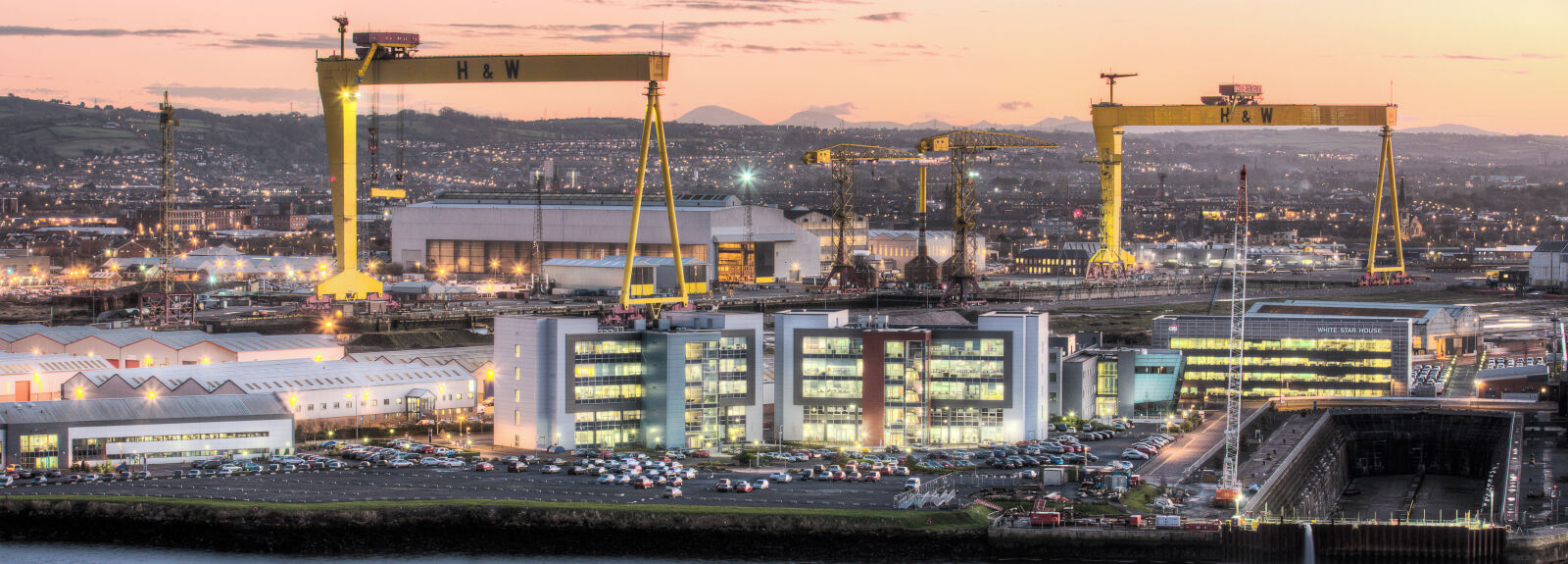History of the City
Belfast is Northern Ireland’s largest city, with over 500,000 people living within the city limits. It has a rich history that has evolved over the years from a humble riverside settlement into a dynamic city. From the RMS Titanic and CS Lewis Square to the narrow steeples of cathedrals and the iconic yellow cranes, find out more about the history of Belfast.
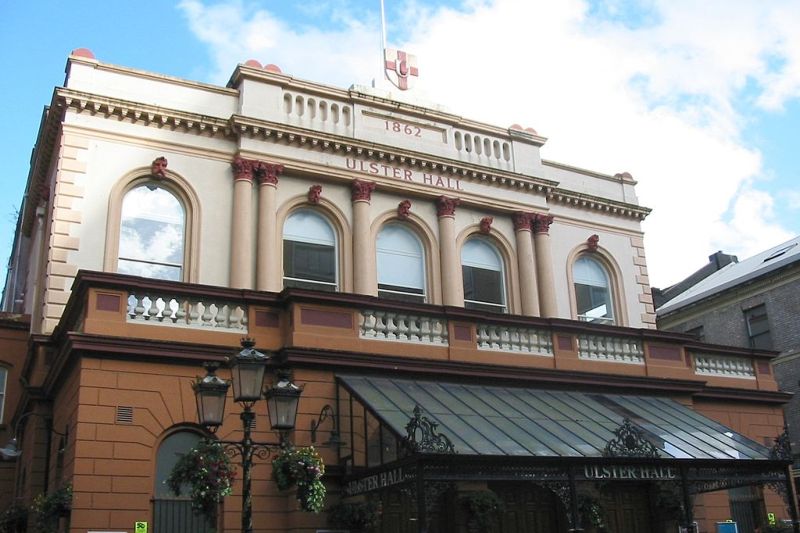
Belfast dates back to the early 17th century and although it’s a relatively young settlement, it's Northern Ireland’s largest city and Ireland’s second-largest city.
Sir Arthur Chichester established the town, and the name Belfast comes from the Irish 'Béal Feirste', which roughly translates as ‘the mouth of the sandbar’.
The city began to flourish during the industrial revolution and the citizens declared their town to be ‘the modern Athens’, and their sense of pride in Belfast was demonstrated with the construction of the many magnificent buildings we see today – such as Custom House, The Grand Opera House, Ulster Hall and of course, the Queen’s University building.
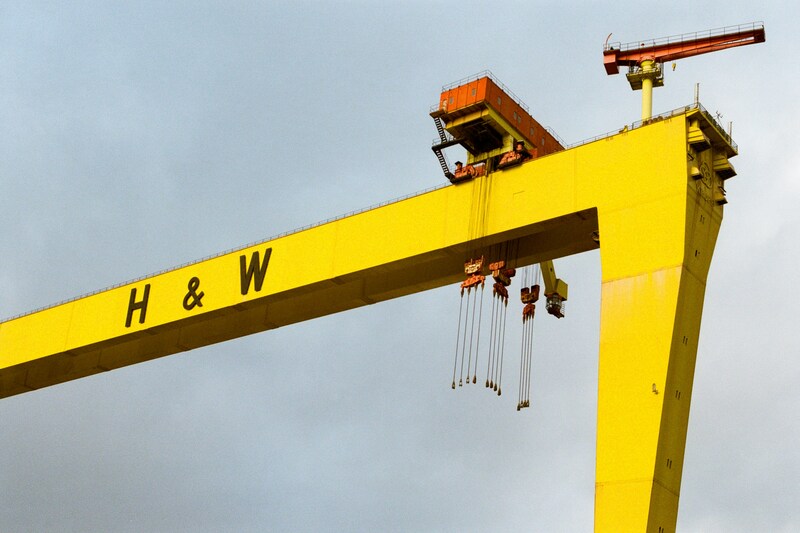
In the era of the Industrial Revolution, Belfast emerged as Ireland’s biggest trader and was famous for tobacco, rope making, linen production and notably, shipbuilding.
The city centre is still adorned with numerous elegant Victorian buildings that once housed linen warehouses and outlets. The Harland and Wolff shipyards, situated in the eastern part of the city, served as a hub of employment, engaging thousands of workers in their operations.
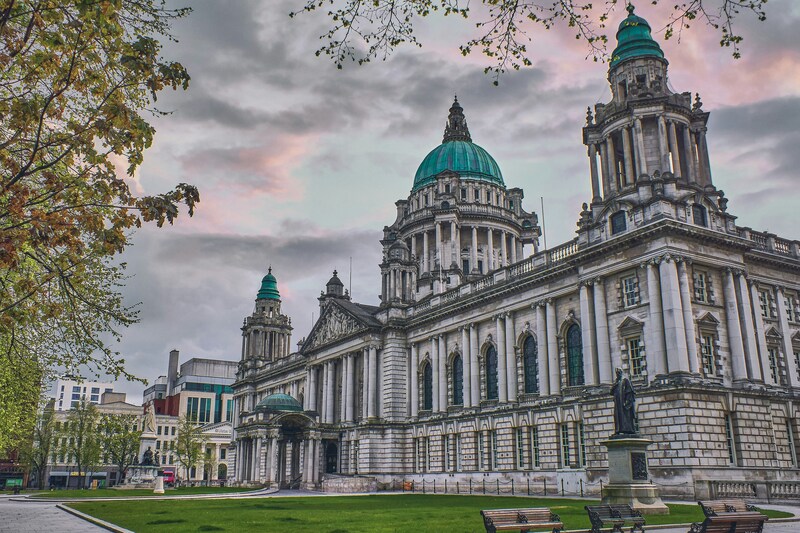
City Hall stands tall as a tribute to Belfast's elevation to city status, a distinction granted by Queen Victoria in 1888, who Queen’s University is named after.
Over 18 years, this architectural marvel took shape, boasting its iconic dome and lavish marble halls, which serve as proud symbols of the city's readiness to enter the 20th century.
In 1921, Belfast was officially crowned the capital of Northern Ireland, a title it wears with vibrant pride today. It has evolved into a dynamic metropolis, buzzing with activity and innovation. From thriving industries to flourishing arts, from esteemed institutions of higher learning to bustling commerce, Belfast embodies the essence of a modern capital city.

In the 21st century, Belfast continues to be a thriving city. The capital is packed with great food, top-tier attractions and welcoming locals who are known for their charm and wit.
It offers excellent value for money, and it consistently ranks the lowest in cost of living surveys, meaning your money as a student will go further.
While you’re here, you can embrace the city’s rich blend of history and culture through the unique set of experiences and activities it has to offer.
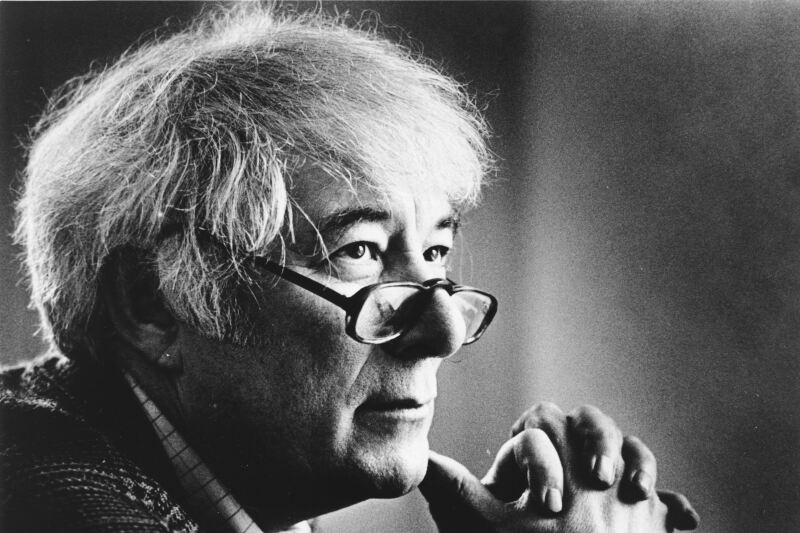
For such a small city, Belfast hasn’t fared too badly on the international circuit, with a host of famous faces calling it home.
Kenneth Branagh, actor and film-maker; Van Morrison, world-renowned singer-songwriter; legendary footballer George Best; and renowned author and theologian C.S Lewis all hail from the city.
Looking further on from Belfast we have famous Hollywood actors Jamie Dornan and Liam Neeson, Northern Irish rock band Snow Patrol, and professional golfer Rory McIlroy, all calling Northern Ireland home.
We also can’t forget to mention the most important poet of the post-war era, Seamus Heaney, who we have a centre named after and has been home to some of the world’s foremost poets, writers, and critics ever since opening its doors 20 years ago.
